| olive | USDA PLANTS Symbol: OLEU U.S. Nativity: Exotic Habit: Hardwood Trees Shrub or Subshrub |
| Olea europaea L. |
Jump to: Images | Distribution Maps | Sources
| Selected Images from Invasive.org | View All Images at Invasive.org |
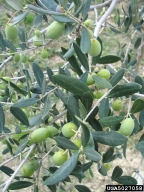 Fruit(s); Piero Amorati, ICCroce - Casalecchio di Reno, Bugwood.org Additional Resolutions & Image Usage |
 Foliage; UCDavis gardens Karan A. Rawlins, University of Georgia, Bugwood.org Additional Resolutions & Image Usage |
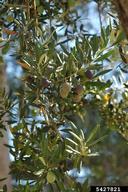 Fruit(s); UCDavis gardens Karan A. Rawlins, University of Georgia, Bugwood.org Additional Resolutions & Image Usage |
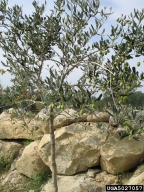 Tree(s); Piero Amorati, ICCroce - Casalecchio di Reno, Bugwood.org Additional Resolutions & Image Usage |
 Foliage; Piero Amorati, ICCroce - Casalecchio di Reno, Bugwood.org Additional Resolutions & Image Usage |
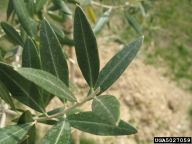 Foliage; Piero Amorati, ICCroce - Casalecchio di Reno, Bugwood.org Additional Resolutions & Image Usage |
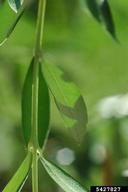 Foliage; UCDavis gardens Karan A. Rawlins, University of Georgia, Bugwood.org Additional Resolutions & Image Usage |
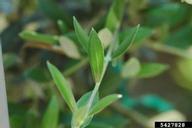 Foliage; UCDavis gardens Karan A. Rawlins, University of Georgia, Bugwood.org Additional Resolutions & Image Usage |
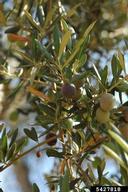 Fruit(s); UCDavis gardens Karan A. Rawlins, University of Georgia, Bugwood.org Additional Resolutions & Image Usage |
 Fruit(s); UCDavis gardens Karan A. Rawlins, University of Georgia, Bugwood.org Additional Resolutions & Image Usage |
 Fruit(s); Piero Amorati, ICCroce - Casalecchio di Reno, Bugwood.org Additional Resolutions & Image Usage |
 Fruit(s); Esmat M. Hegazi, University of Alexandria, Bugwood.org Additional Resolutions & Image Usage |
| EDDMapS Distribution: This map is incomplete and is based only on current site and county level reports made by experts and records obtained from USDA Plants Database. For more information, visit www.eddmaps.org |
 State List This map identifies those states that list this species on their invasive species list or law. 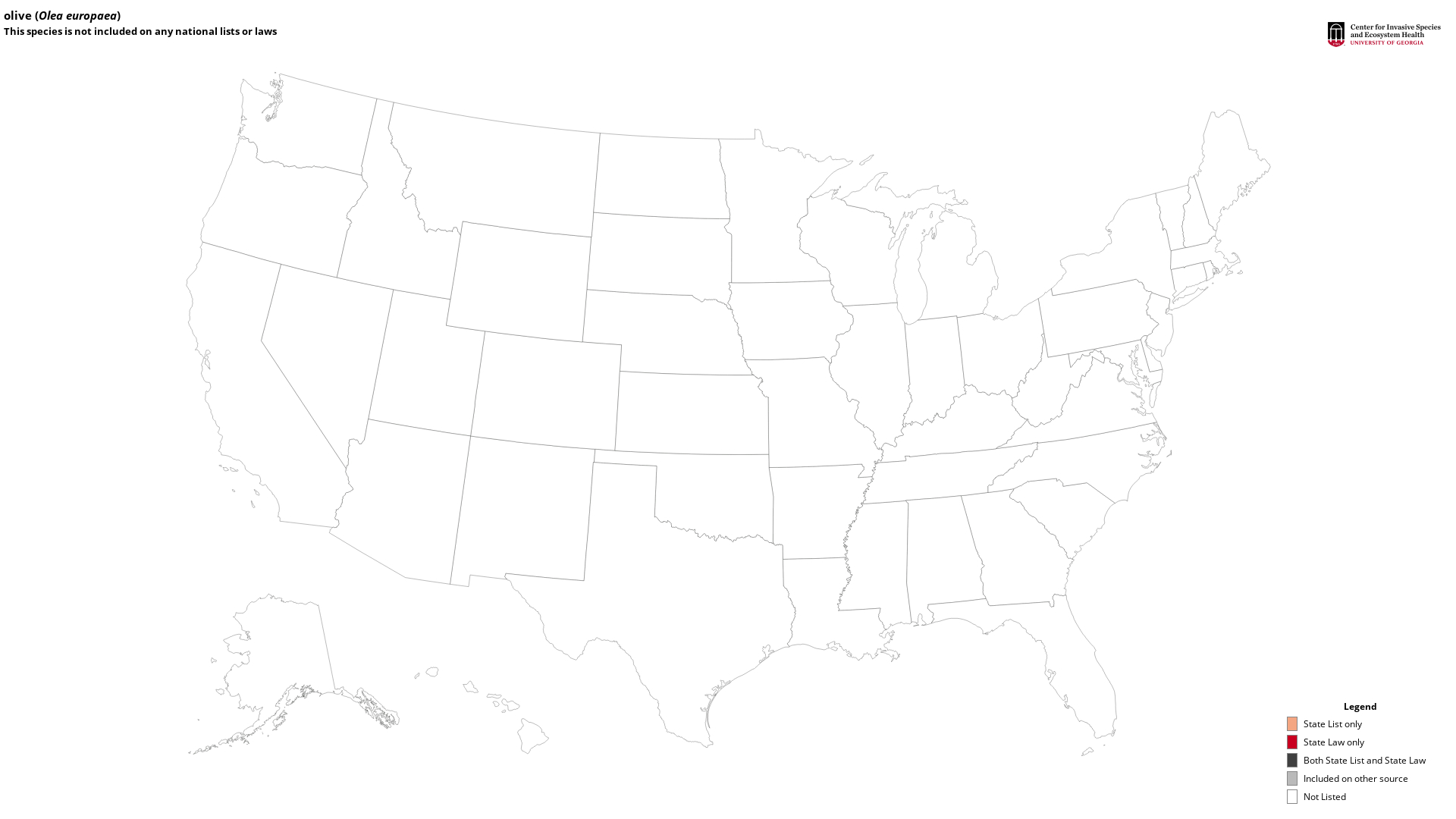
|
| U.S. National Parks where reported invasive: |
| Death Valley National Park (California) |










